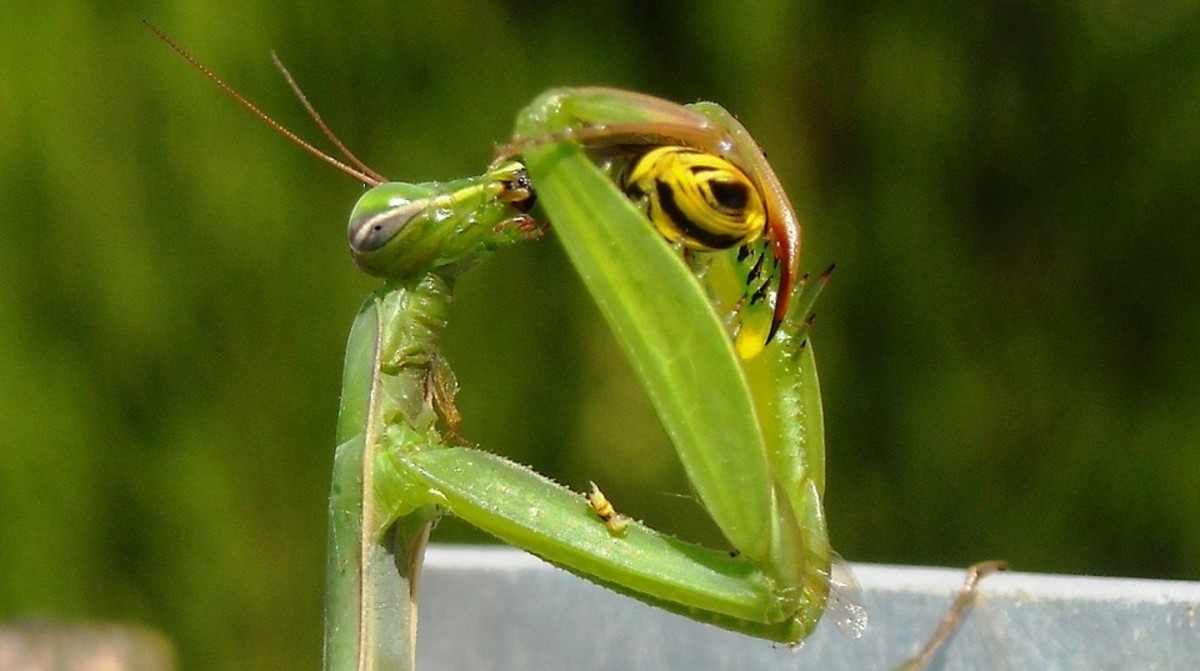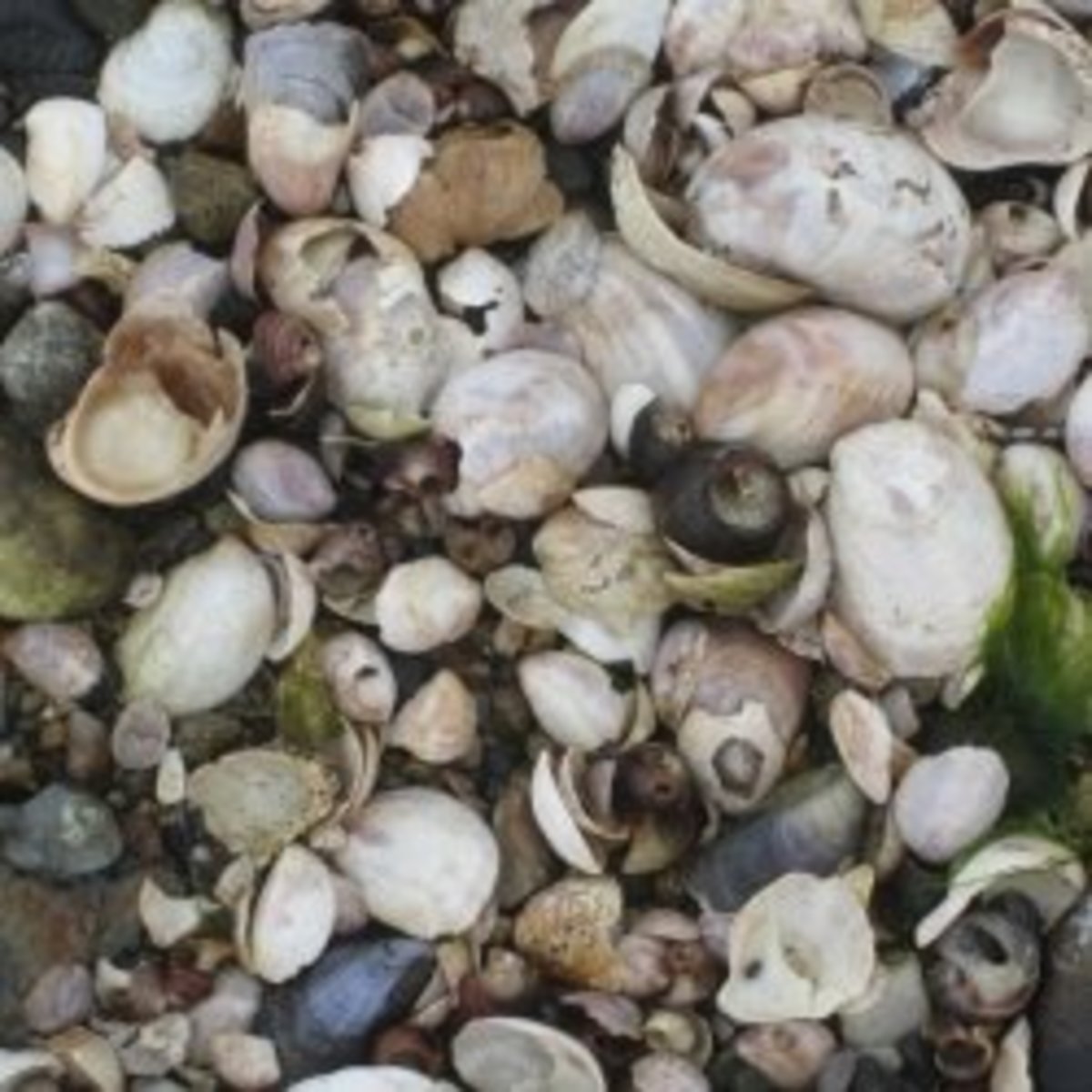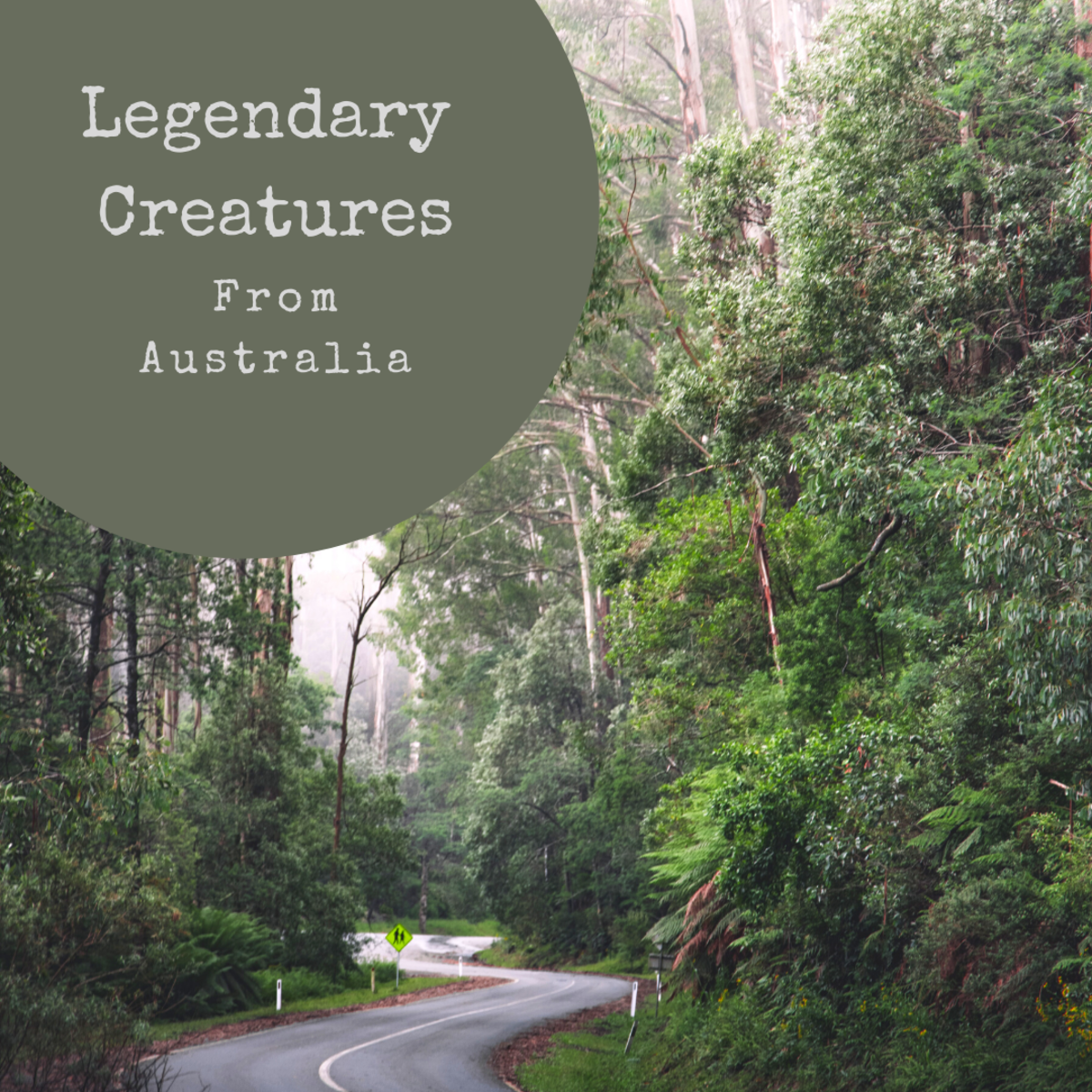- HubPages»
- Education and Science»
- Sociology & Anthropology»
- Folklore & Mythology
Cryptozoology, an Introduction
Cryptozoology is, put simply, the study of hidden animals. These come in three main areas: animals considered extinct, such as the Tasmanian Tiger, but still receive reported sightings; wild animals significantly outside of their geographical habitat, such as the phantom big cats; and those that are found in myth, legend and folk lore, but where reported sightings are made, that can possibly be based in a real animal, such as Big Foot, Loch Ness Monster and Mongolian Death Worm.
The term cryptozoology (from Greek kriptos, "hidden" and zoology; literally meaning the "study of hidden animals") was coined in the early 1940’s by Ivan Terence Sanderson an English born naturalist and author, although the study is much older than this.
In 1892 Dutch zoologist Anthonie Cornelis Oudemans published his study on sightings of sea serpents from around the world. Great Sea Serpents: An Historical and Critical Treatise, delves into over 160 sightings from around the world and also discusses hoaxes and misidentifications. This single book has been accredited as the root of cryptozoology.
While Cryptozoology is not a new area of study it is a highly debated one and often treated as a pseudoscience. Criticism is often received due to the use of anecdotal information instead of cryptozoologists following typical scientific method. While scientists believe that there are untold numbers of unknown animals pending discovery and identification it is the large disinterest in researching invertebrates and such to instead focus on the highly elusive mega-fauna crypids.
Although this in itself may be a misrepresentation; according to global biodiversity estimates, there are between 10 and 30 million living species of plants and animals on the planet and scientific literature has documented approximately 1.4million of them. This leaves a huge number or plants and animals that are yet to be discovered and/or documented and it is not unreasonable to assume that a number of these will be mega-fauna.
There is also a perception of misrepresentation by the use of the title ‘cryptozoologist’ as, to date, there are no recognised qualification in this field of study. In saying this most cryptozoologists aim for legitimacy in this field and some have degrees in biology, zoology or related studies. They also have a culture of collecting and presenting all data received. This includes data that will disprove as well as prove the existence of a cryptid.
It must be said that unknown animals were often met with scepticism and considered a hoax, delusion or, at best, a misidentification, when first reported. Take for example the platypus, giant squid, komodo dragon and other such animals.
There are four animals that are often cited as examples for the need to continue cryptozoological studies:
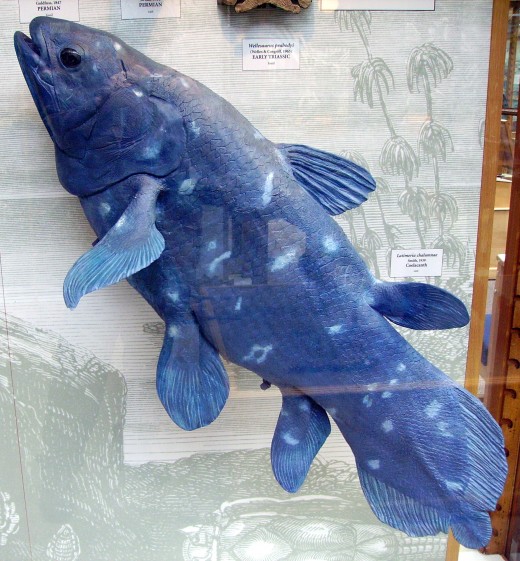
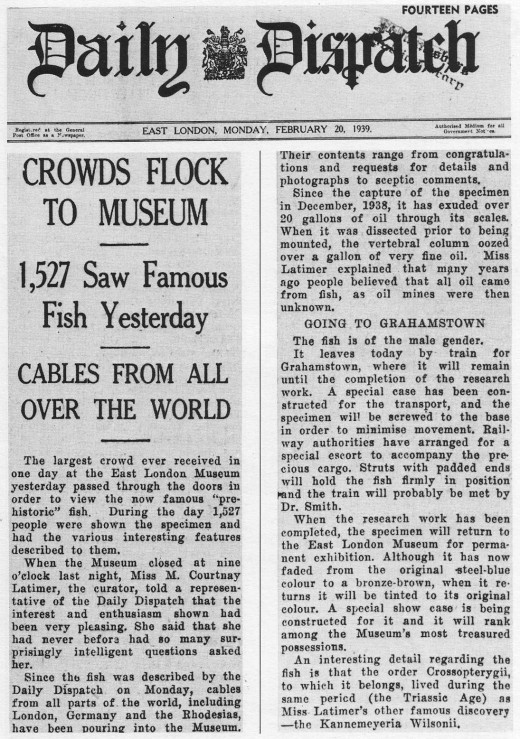
Coelacanth
TheCoelacanth is a lobe finned fish believed to be extinct since the end of the Cretaceous period. Rediscovered by Marjorie Courtenay-Latimer, a museum curator, and identified by Professor James Leonard Brierley Smith, in 1938 in South Africa and named the Latimeria chalumnae in honour of Courtenay-Latimer’s find.
In 1952, after a worldwide search, more living samples were found in Comoros, known to locals as gombessa. The Comorans now have a program in place to protect the gombessa from extinction.
In 1997 an additional species was found in Sulawesi, Indonesia by Arnaz and Mark Erdmann while on their honeymoon. Called the rajah laut or King of the Sea by local Indonesians DNA testing has revealed the brown Coelacanth is not related to the blue Comoran population. It has since been given the scientific name of Latimeria menadoensis.
An additional colony of Coelacanth was found in St Lucia Marine Protected Area, South Africa, by three divers, Pieter Venter, Peter Timm and Etienne le Roux. In a later exploration of the site in 2002 15 coelacanths were identified, the largest between 1.5-1.8 metres long, and one pregnant.
Graptolitre
The Graptolitre are a fossilised colonial animal. Each graptolite consisted of tiny stick like creatures that floated in the sea or were attached to the sea floor in straight, spiral or curved branches known to exist from the 298 - 545 million years ago.
In 1882 the first of 18 known living species from the sole surviving genus Cephalodiscus was discovered.
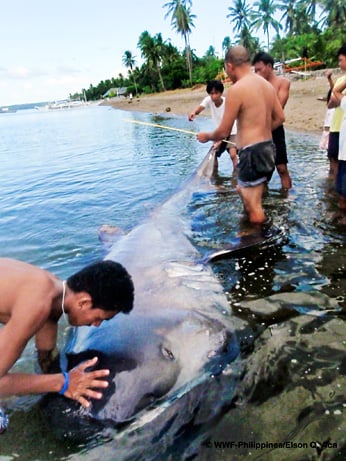
Megamouth Shark
The Megamouth shark, or Megachasma pelagios, was first captured on November 12, 1976 off the coast of Oahu, Hawaii, after it attempted to swallow the anchor of a US Navy ship. The male specimen was 4.46m (14.6 foot) long and weighed in at 750kgs (1650 pounds).
There have been only 46 confirmed sightings between November 1976 and July 2009 since the identification of the Megamouth Shark and from this it is now known to inhabit the Indian, Pacific and Atlantic Oceans.
Flores Man or Homo floresiensis
Although no living specimens are known to be in existence the discovery of Homo floresiensis has proven the existence of a non-modern human as recently as 12,000 years ago (this outdates the Neanderthals who reached extinction approximately 30,000 years ago).
The Flores Man, or Hobbit as they are known to their discoverers, were unearthed by a joint team of Australian and Indonesian paleoanthropologists and archaeologist in 2003 on the island of Flores, Indonesia. Seven skeletal remains were discovered in all in addition to stone tools.
Unfortunately scientists involved in the discovery and investigation of the remains have not always seen eye to eye and there is fear that a small group of scientists will appropriate the remains and not allow others to access them or publish their own research (this was seen with the Dead Sea Scrolls).


